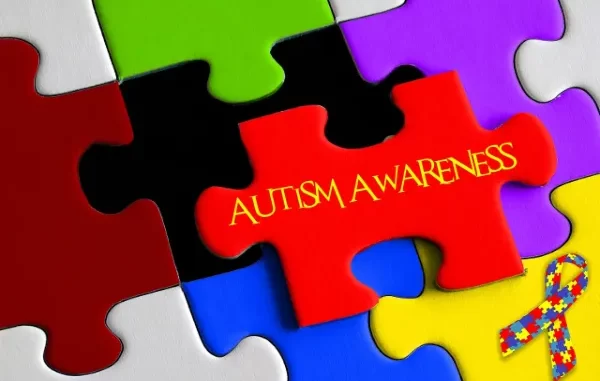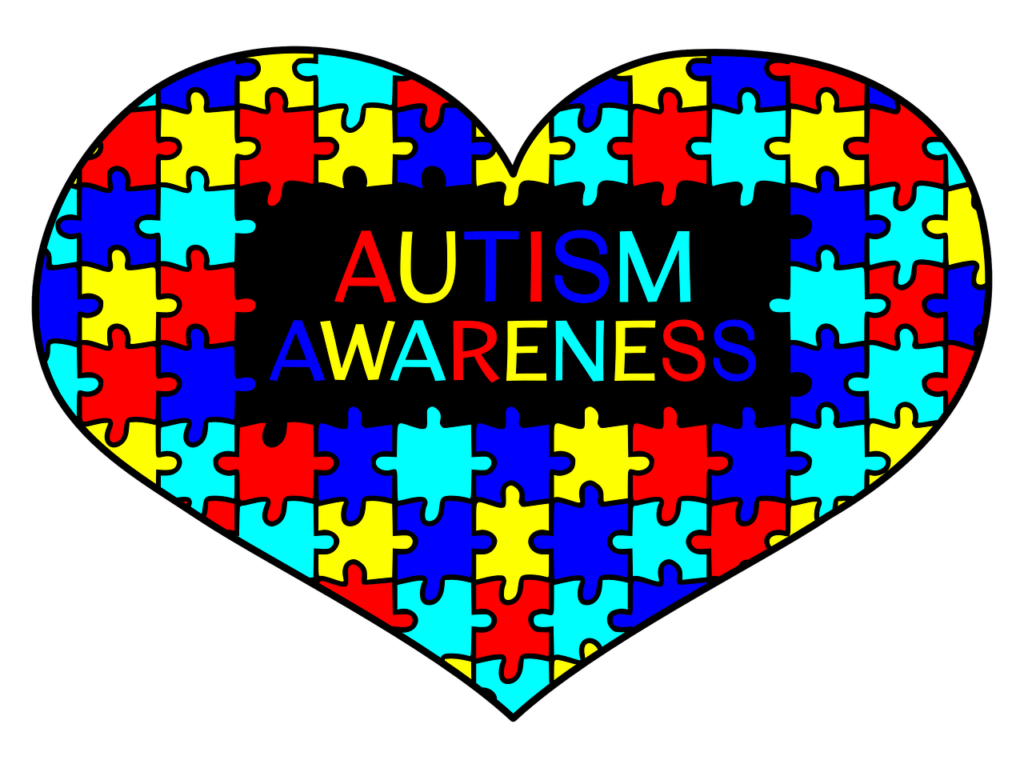
Autism, also referred to as Autism Spectrum Disorder (ASD), is a neurodevelopmental condition that has fascinated researchers, educators, and parents alike for decades. It is characterized by a wide range of challenges and strengths, making each individual’s experience with autism incredibly unique.
In this comprehensive article, we will delve into the complexities of autism, exploring its definition, characteristics, diagnosis, potential causes, and the importance of fostering an inclusive and supportive society for individuals on the autism spectrum.
Defining Autism Spectrum Disorder (ASD):
Autism Spectrum Disorder is a neurological and developmental disorder that typically appears in early childhood and lasts throughout a person’s life. The term “spectrum” is used because autism varies widely in its presentation, and individuals with ASD can experience a diverse range of symptoms and challenges.
Characteristics of Autism:
The characteristics of autism can manifest differently from person to person, but some common features include:
- Social Communication Difficulties: People with autism often experience challenges in social interactions. They may struggle with understanding nonverbal cues, maintaining eye contact, and interpreting others’ emotions and intentions.
- Repetitive Behaviors: Repetitive movements, actions, or speech patterns, known as stereotypic behaviors, are common in individuals with autism. These behaviors can serve as self-soothing mechanisms or ways to cope with sensory overload.
- Restricted Interests: Many individuals with autism exhibit intense interests in specific topics or subjects. They may immerse themselves in these interests and display an impressive level of knowledge on those particular topics.
- Sensory Sensitivities: Individuals with autism may have heightened or reduced sensitivity to sensory stimuli like lights, sounds, textures, and smells. Certain environments may be overwhelming for them, leading to sensory overload.
- Rigidity and Routine: Many people with autism find comfort and security in following routines. Unexpected changes to their schedule or environment can be distressing.
- Communication Challenges: While some individuals with autism may have advanced language skills, others may have difficulty with speech and may rely on alternative communication methods, such as sign language or augmentative and alternative communication (AAC) devices.
Diagnosis of Autism:
Diagnosing autism can be complex, as there is no definitive medical test for ASD. Instead, healthcare professionals use observation, parental interviews, and standardized assessments to evaluate an individual’s behavior and development. Early diagnosis is crucial, as it enables timely interventions and support, which can significantly improve a person’s quality of life and development.
Causes and Theories:
The exact cause of autism remains unknown, but research suggests that a combination of genetic and environmental factors plays a role in its development. Some theories propose that prenatal factors, such as maternal infections or exposure to certain chemicals, may influence the risk of autism. Additionally, ongoing research is exploring the potential contribution of genetic mutations and variations in brain development to the development of ASD.

Challenges Faced by Individuals with Autism:
Living with autism can present various challenges, both for individuals with ASD and their families. Some common challenges include:
- Educational Barriers: In mainstream educational settings, individuals with autism may face challenges due to differences in learning styles and social interactions. Tailored educational approaches, accommodations, and inclusive classrooms can greatly benefit their academic development.
- Social Isolation: Difficulties in understanding social cues and building relationships may lead to social isolation for individuals with autism. Encouraging social skills development and creating inclusive social environments are essential.
- Sensory Overload: Sensory sensitivities can make certain environments overwhelming and distressing for individuals with autism. Sensory-friendly spaces and accommodations can help mitigate these challenges.
- Employment Opportunities: Finding suitable employment can be challenging for individuals with autism due to potential difficulties in communication and social interactions. Creating inclusive workplaces and promoting neurodiversity in the workforce are essential for addressing this issue.
Fostering Inclusion and Support:
Embracing neurodiversity and creating a more inclusive society are crucial for supporting individuals with autism. Some ways to foster inclusion and support include:
- Raising Awareness: Promoting awareness and understanding of autism in the broader community can reduce stigma and create a more supportive environment.
- Early Intervention: Early diagnosis and intervention services, such as speech therapy, occupational therapy, and behavior analysis, can significantly improve the development and well-being of children with autism.
- Inclusive Education: Implementing inclusive educational practices and providing support in classrooms can enable students with autism to thrive academically and socially.
- Accessible Environments: Creating sensory-friendly environments in public spaces, workplaces, and educational institutions can minimize sensory overload and enhance the overall experience for individuals with autism.
- Support for Families: Providing resources, support groups, and respite care for families of individuals with autism can help them navigate the challenges and celebrate the strengths of their loved ones.
Conclusion:
Autism is a multifaceted neurodevelopmental condition that presents a wide spectrum of characteristics and challenges. Each individual with autism has unique strengths and abilities, and embracing neurodiversity is key to building an inclusive and supportive society. By promoting awareness, understanding, and acceptance, we can create an environment where individuals with autism can thrive, achieve their full potential, and enrich our communities with their diverse perspectives and talents.






Leave a Reply